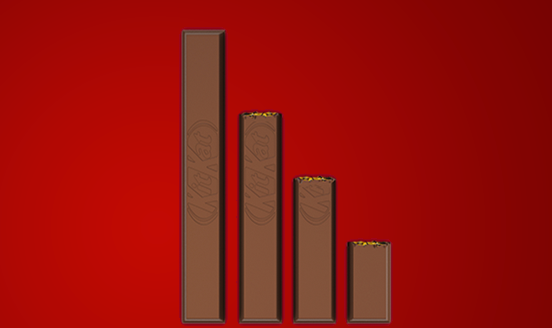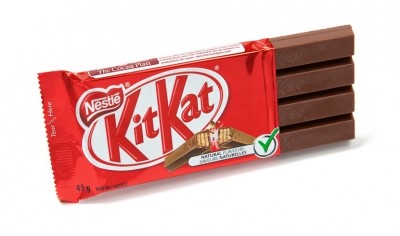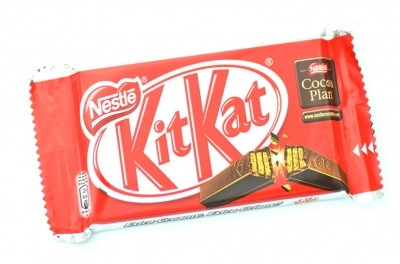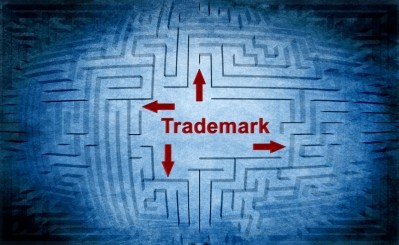Industry Voices - Trademark Attorney Opinion
The KitKat conundrum: Confectioners risk disillusioning consumers by trademarking shapes

Last month we saw a ruling from Europe's highest court which suggests that confectionery companies may need to remove branding from their snacks and packaging if they wish to trade mark the shape of their products.
Following an opposition by Cadbury to Nestlé's application to register the shape of its KitKat bar's four-fingered shape, the Court of Justice of the European (CJEU) denied Nestlé the trade mark because, amongst other things, the shape was not considered distinctive, i.e. distinguishable from other chocolate bars.
Distinguishing your goods from other relevant goods is one of the criteria for registering a trademark, whether it is a brand name, a logo or a shape.

Possible to register a shape, but at what cost?
While it is still possible to register a 3D shape as a trademark, the shape must be distinctive, in isolation of any branding.
Nestlé submitted evidence that 90% of the relevant public recognises and associates the shape of the four finger chocolate bar with Nestlé, claiming that the shape of the bar had therefore acquired distinctive character and so was capable of trade mark registration.
However, because KitKat branding always accompanies the chocolate bar (on the packaging and often imprinted on the chocolate bar itself), the court found that Nestlé's evidence did not prove that the relevant public perceived the chocolate bar as "originating from" Nestlé due exclusively to its shape. Essentially, a four fingered chocolate bar is not "KitKat" enough.
Shape alone must give distinctiveness
It is likely to prove difficult for confectionery makers to prove that the shape of a product has acquired distinctive character in its own right.
The very nature of a chocolate bar requires packaging of some form which inevitably disguises the shape of the bar within. Add to this the fact that the packaging itself is adorned with distinctive logos, wording and colouring, and the distinctiveness of the shape is reduced even more.
Clear packs of unknown origin
So how could a confectioner go about adapting its use to establish that origin is indicated by the shape alone? Perhaps adopt clear packaging or perhaps avoid all other branding in its entirety. But how would this affect the buying behaviour of the public?
A clear packaged chocolate bar with no additional branding is unlikely to have the appeal of a beautifully packaged and attractively branded rival, and one suspects that this is the point - the public is most likely to pass over such a chocolate bar as being of unknown origin.













